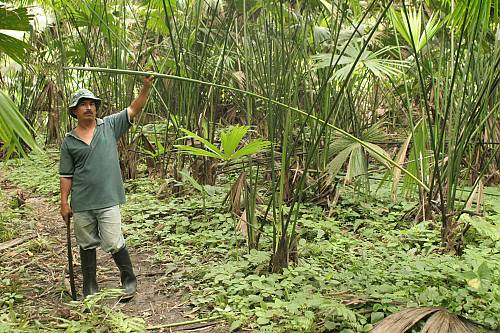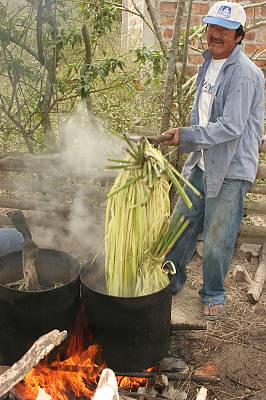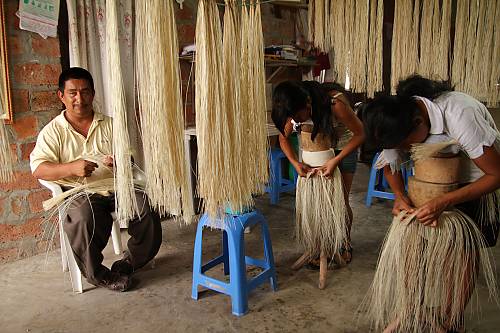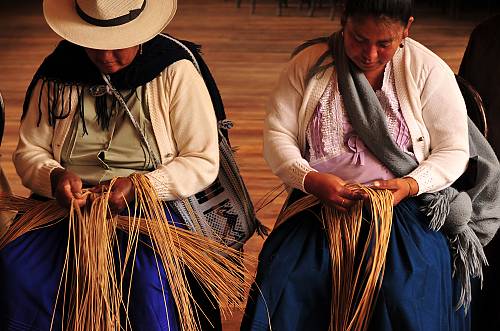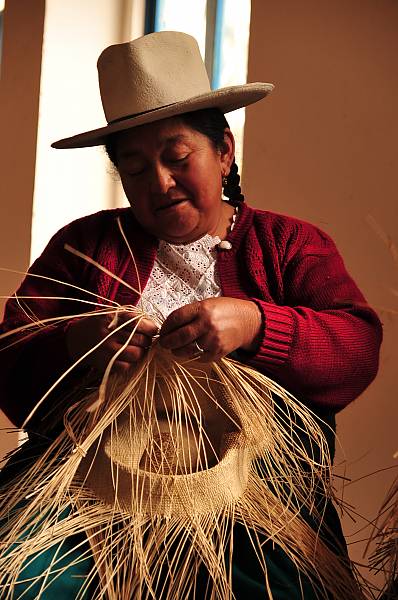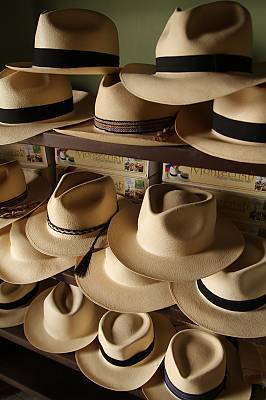Traditional weaving of the Ecuadorian toquilla straw hat
Inscribed in 2012 (7.COM) on the Representative List of the Intangible Cultural Heritage of Humanity

The toquilla straw hat is woven from fibres from a palm tree characteristic of the Ecuadorian coast. Coastal farmers cultivate the toquillales and harvest the stems before separating the fibre from the green outer skin. This is boiled to remove chlorophyll and dried for subsequent bleaching with sulfur over a wood fire. Weavers take this raw material and begin weaving the crown and the brim of the hat. Weaving a hat can take from one day to eight months, depending on the quality and finesse. In Pile, a costal community, weavers produce extra fine hats that require specific climatic conditions and involve an exact number of points in each row of weaving. The process is completed by washing, bleaching, moulding, ironing and pressing. The weavers are mostly peasant families and transmission of weaving techniques occurs within the home from an early age through observation and imitation. The skills and knowledge enfold a complex and dynamic social fabric including traditional techniques of cultivation and processing, forms of social organization, and use of the hat as part of everyday clothing and in festive contexts. It is a distinctive mark of the communities perpetrating this tradition and part of their cultural heritage.
